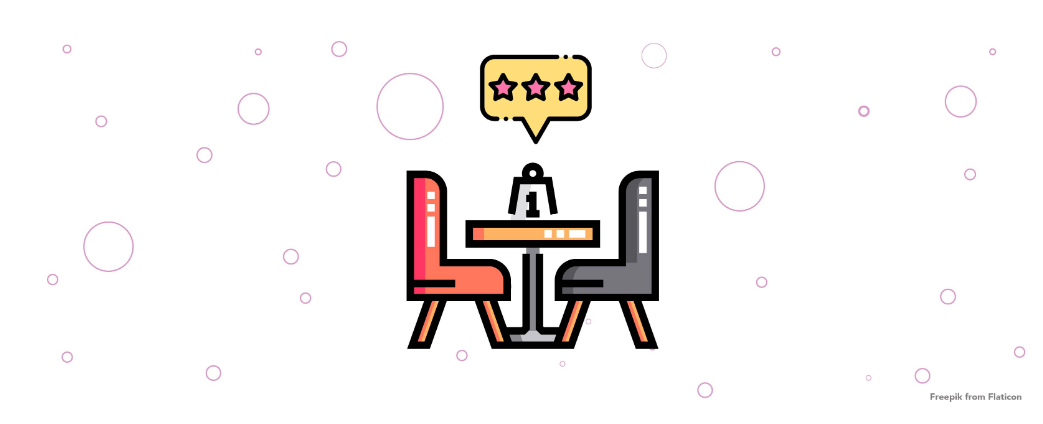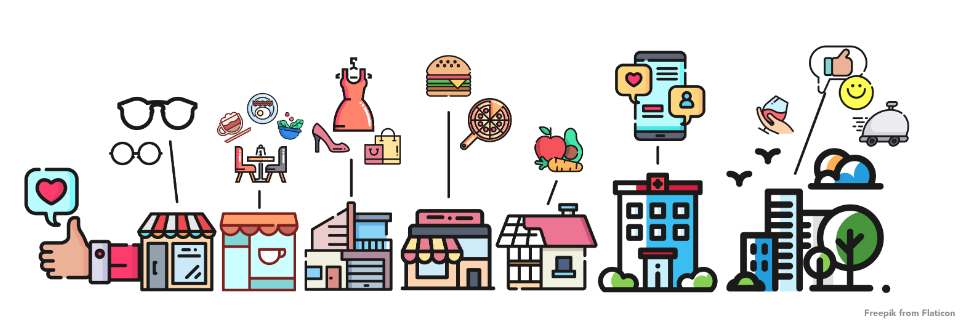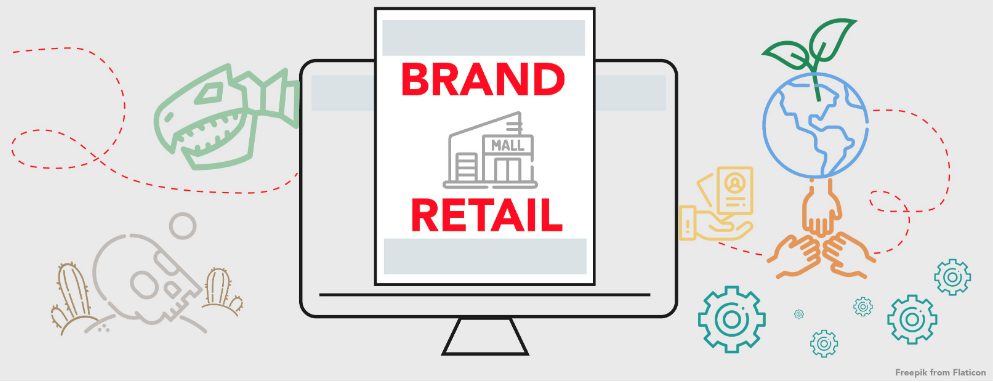The Demise of the Department Store: Think Dinosaurs
[et_pb_section bb_built=”1″][et_pb_row][et_pb_column type=”4_4″][et_pb_text _builder_version=”3.17.2″]
Shopping is an experience, retail brands are beginning to adapt
The apocalyptic news of one mall after another losing flagship stores such as Macy’s, JC Penny’s and Sears, is like reading panic newscasts during a massive Hurricane. You just look for the next victim, the next destroyed mall. Does anyone understand this is a natural evolution in retail?
The large format mall is dying. It’s easy to blame Amazon and online sales, but the reality is online sales only account for about 12% of all sales. That means 88% of sales are in store purchases, where folks are buying milk, lumber, clothes and thousands of more items. The fact is, we had way too much retail space. Analysts for the last ten years have been forecasting a collapse of retail sales as the entire industry has been struggling from oversupply.

The Dinosaurs didn’t adapt and neither have Big Box Retail Brands
My metaphor is the end of the Cretaceous period when dinosaurs ruled. At that time these massive creatures were everywhere. Then along came the big meteor and poof the perfect world of dinosaurs was at its end. Mostly because they could not adapt to new conditions fast enough, while small mammals that were very flexible and resilient, found a new niche to grow and became dogs, cats and well people. And let’s face it; the giant anchor stores were already on their way out. Why go to a store that has dated inventory, where you can’t find the right color or size when you can get it online with one click of a button? In San Francisco, the Macy’s space in the Stonestown Mall sold to a national commercial real estate firm that is buying up old anchor store space to re-divide into – you guessed it – a new retail space but in a different format.

Brands need to bring back Experience-Based Retail
Smart developers have been waiting and watching, along with hundreds of expanding small niche retailers, who are not only surviving in this doom and gloom world but are looking for good locations for their stores. Retail is not dead; it’s not going away, it’s being redefined. The adaption of retail to the changes is online shopping, and that’s a good thing for the consumer. Retailers have to give us a reason to show up. This is where small boutique chains and high-customer server brands excel. The new retail environment is about a series of retail experiences that can draw you in and offer something that’s not always expected and not found online. Food venues, actually making your own jewelry, local produce and foods mixed with an eyewear brand like Warby Parker, or even online stores going to an in-store presence. If anyone in the US paid any attention, they’d see that retail is growing in most other Western countries because it’s not based on the anchor store concept in a giant mall.

A Market Hall: Creating a Place that’s about Multiple Experiences
Because retail does best when it’s all mixed up with food, residential spaces, workers and great access to transportation – not just cars – it’s beginning to thrive in downtowns and urban centers again, after 50 years of decline. So what brought people to the center of the city? Was it work? Was it shopping? Or was it entertainment or living? It was all of the above, and it makes for a more successful, adaptable and resilient city. Welcome to the future of retail. So as everyone weeps about the sinking of the dinosaur-retail anchors, take a look at what innovative new things are happening and where you should go to shop next.
[/et_pb_text][/et_pb_column][/et_pb_row][/et_pb_section]
